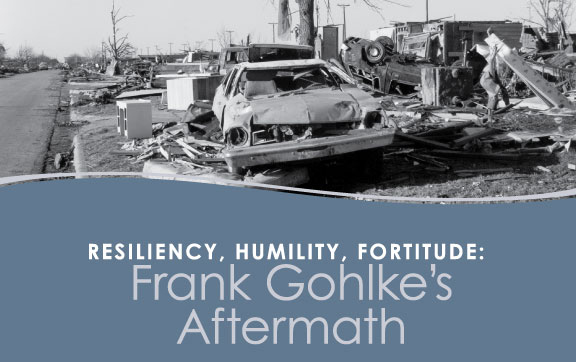On Tuesday, April 10, 1979, just after 6:00 p.m. a massive tornado struck the city of Wichita Falls. Leaving a mile-wide path of devastation through the city’s southwestern edge, the storm caused 46 deaths, injured approximately 3,200 people and destroyed over 20,000 homes. According to sources of the time, property damage was placed at $250 million dollars. Volunteers and public assistance poured in from across the nation. Within two years, 90 percent of damaged or lost homes were rebuilt. This series of photographs titled Aftermath by Frank Gohlke documents the devastation the day after the storm and the city as it appeared a year later. His work offers a vivid testimony to both the destructive power of the storm and the determination of the city and its people to rebuild.
In the museum’s annual tradition of honoring the resiliency, humility and fortitude of residents who experienced the 1979 tornado, our collection of Frank Gohlke’s photographs are featured here in this online exhibition and in the Museum’s lobby.
What do you remember about that day or what do these images communicate to you? The Museum invites you to reflect, revisit the collection, and share your comments.
Online Exhibition
Visit the WFMA to experience selected artworks on view and explore further with the online exhibition below.
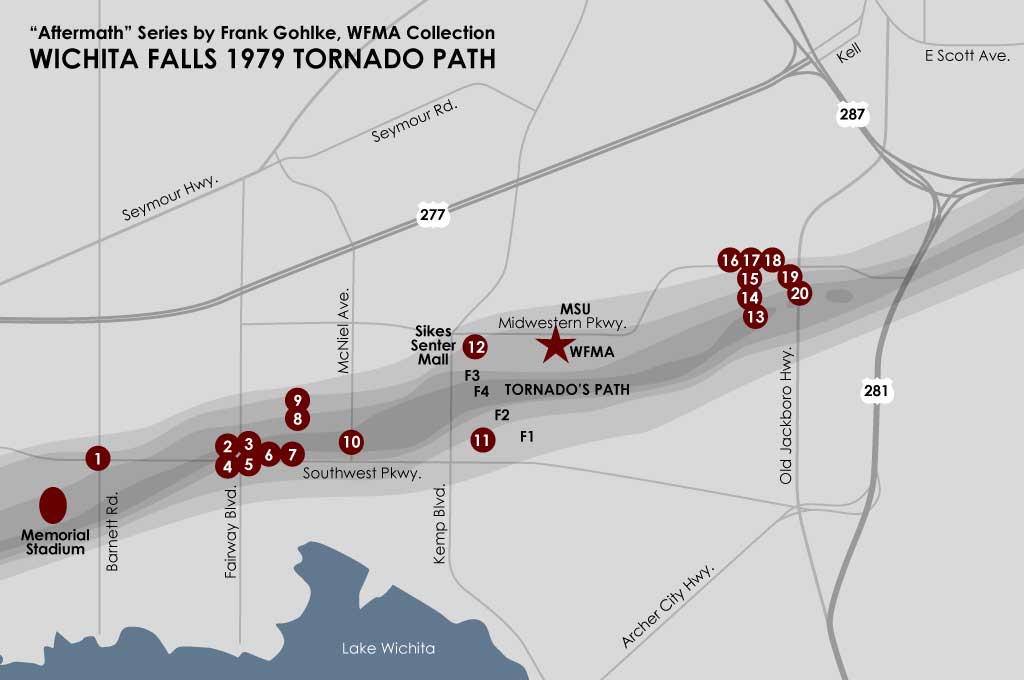
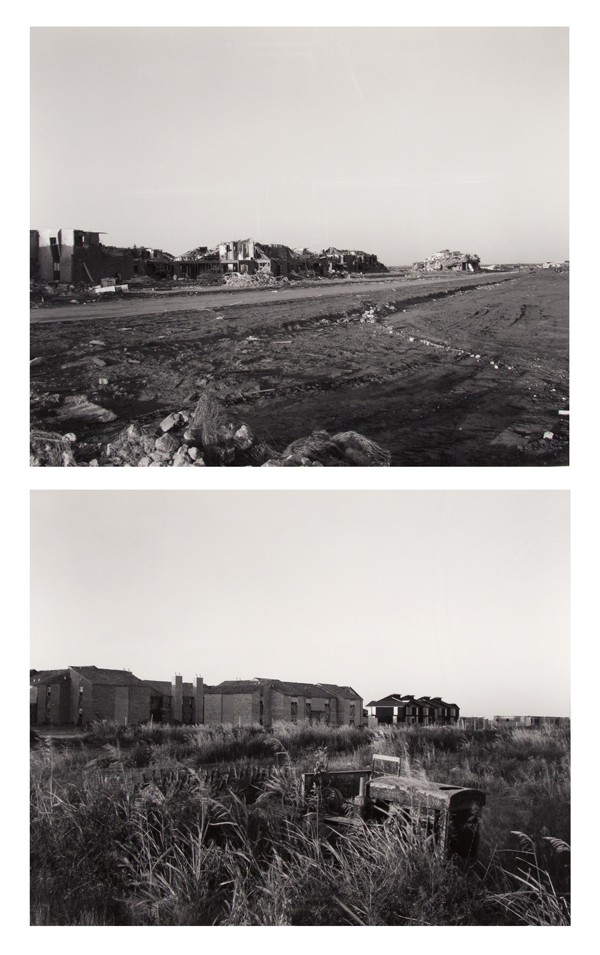
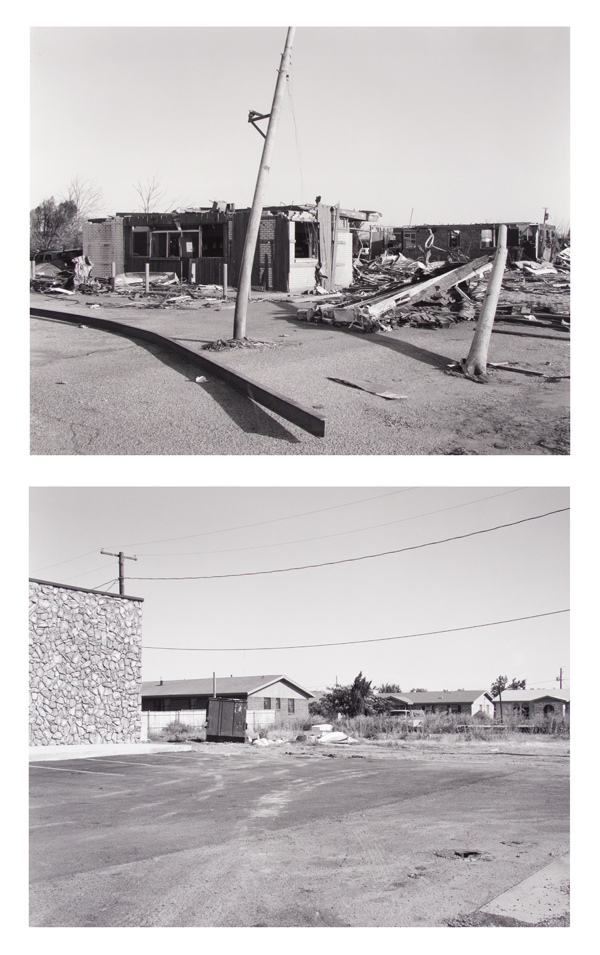
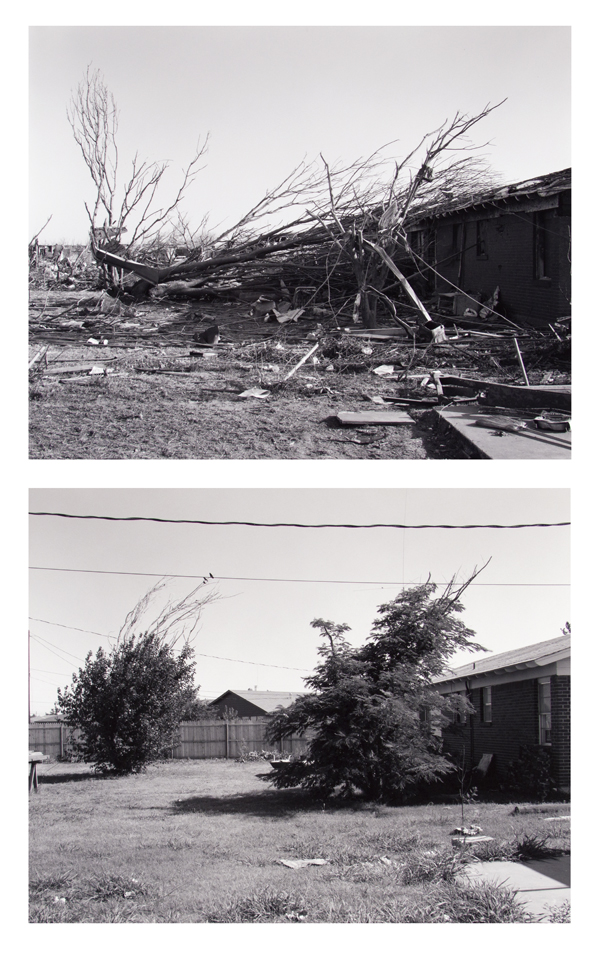
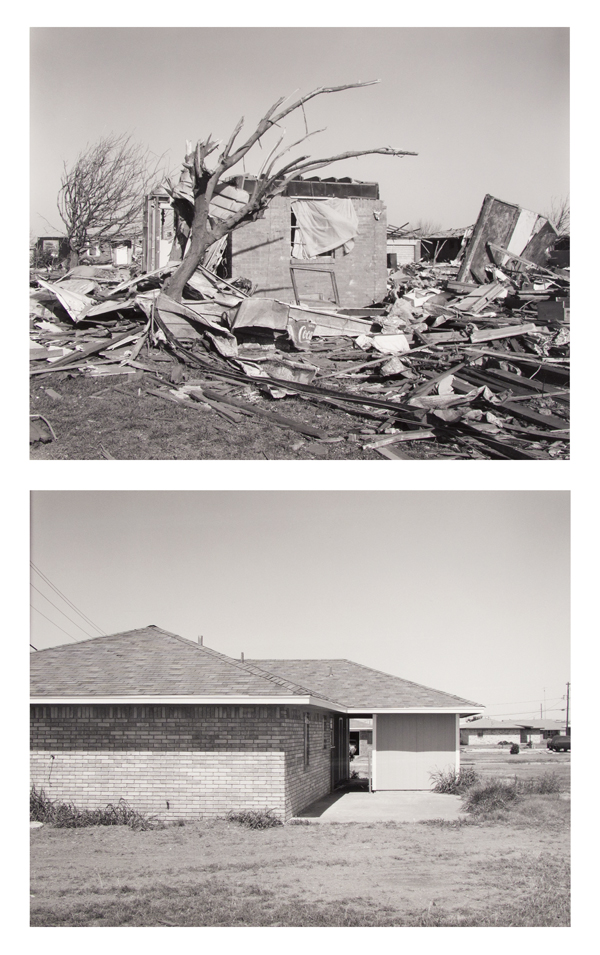
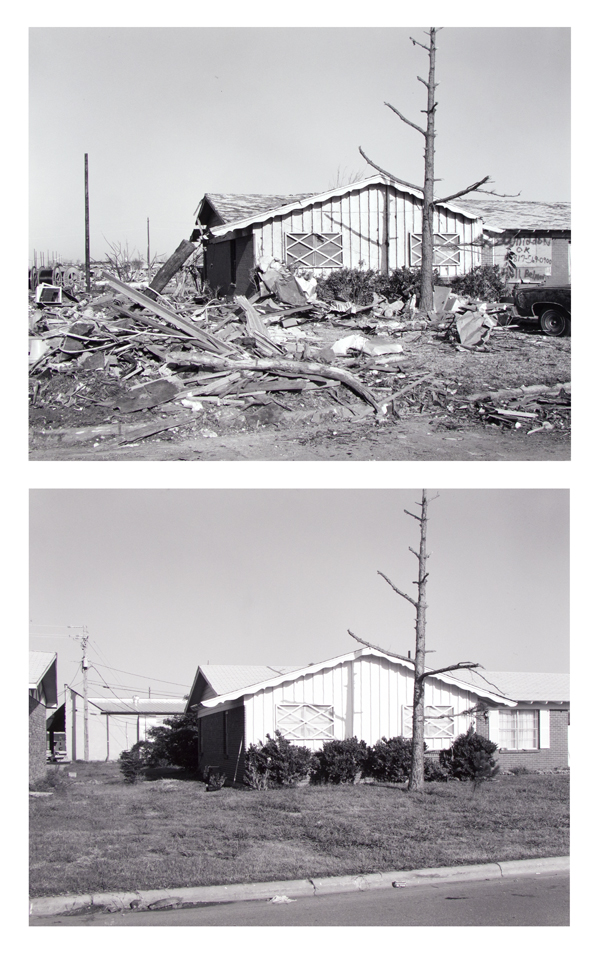
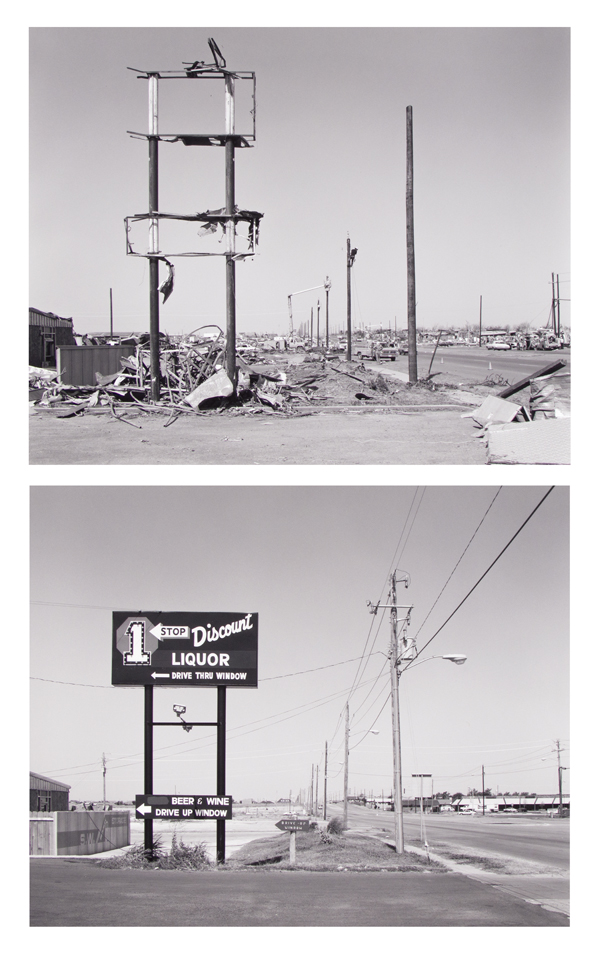
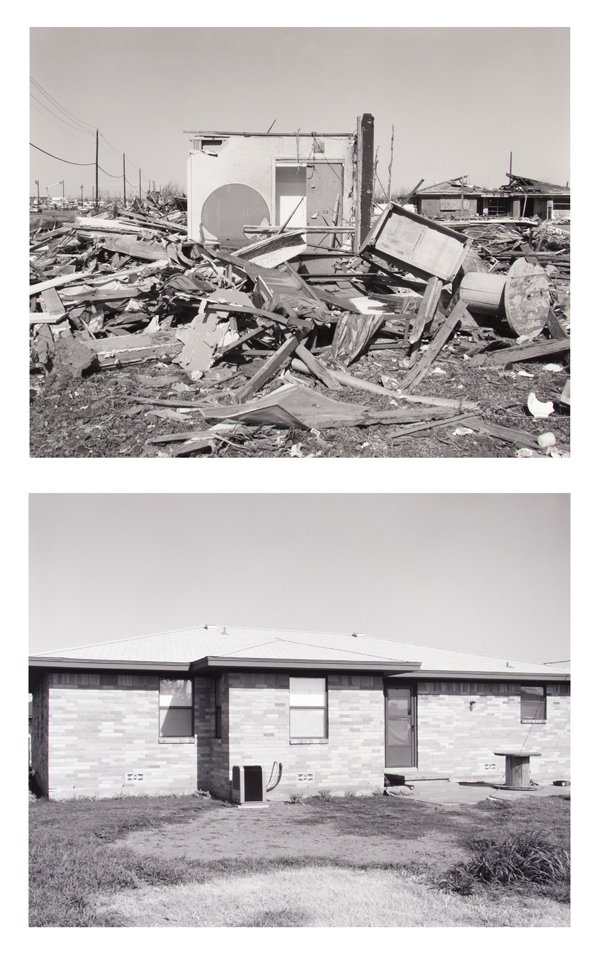
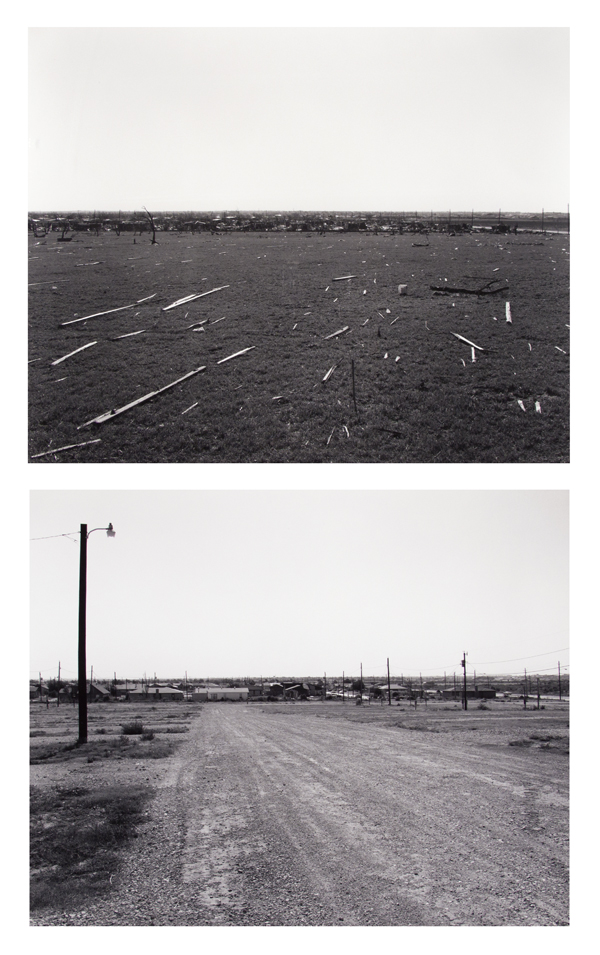
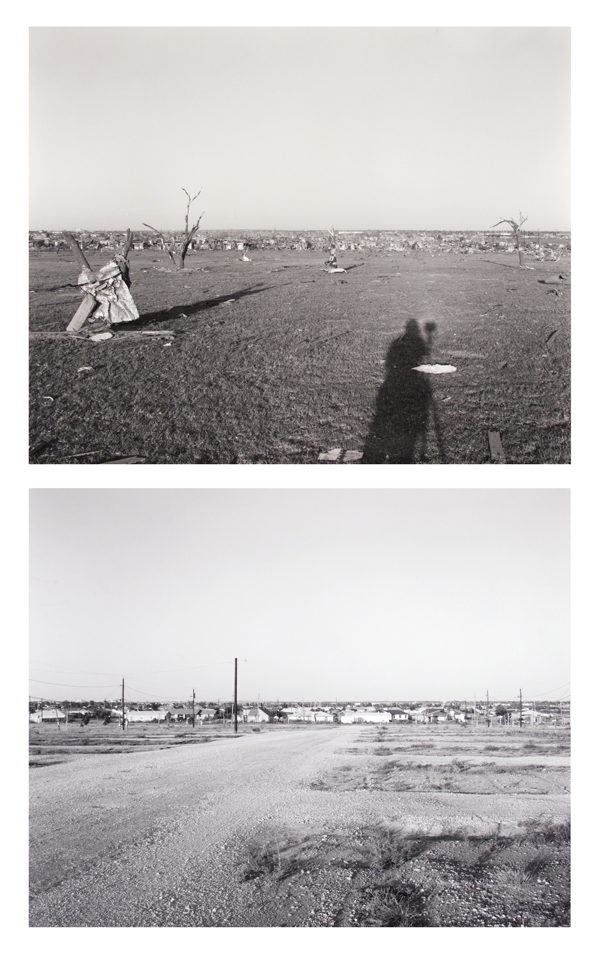
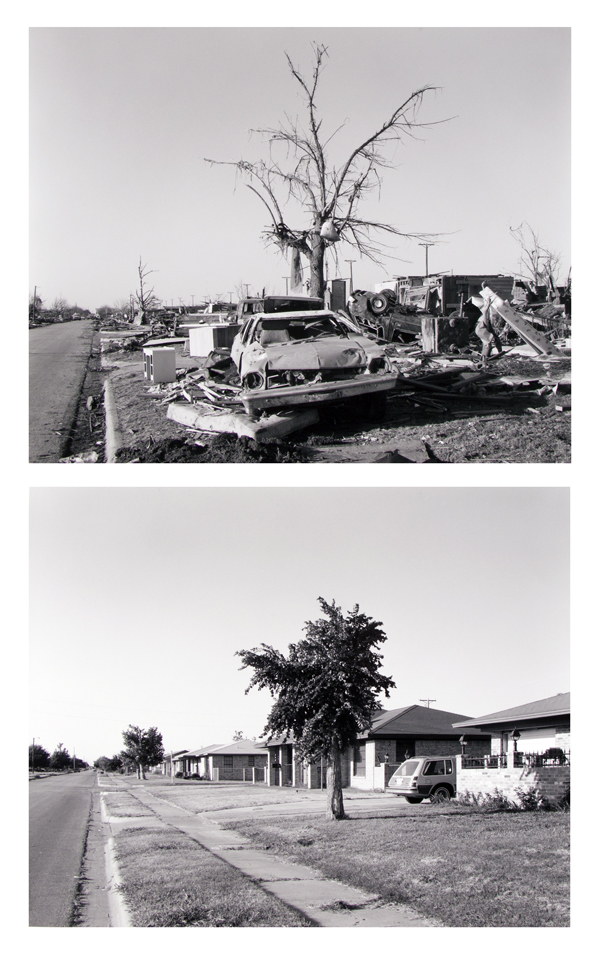
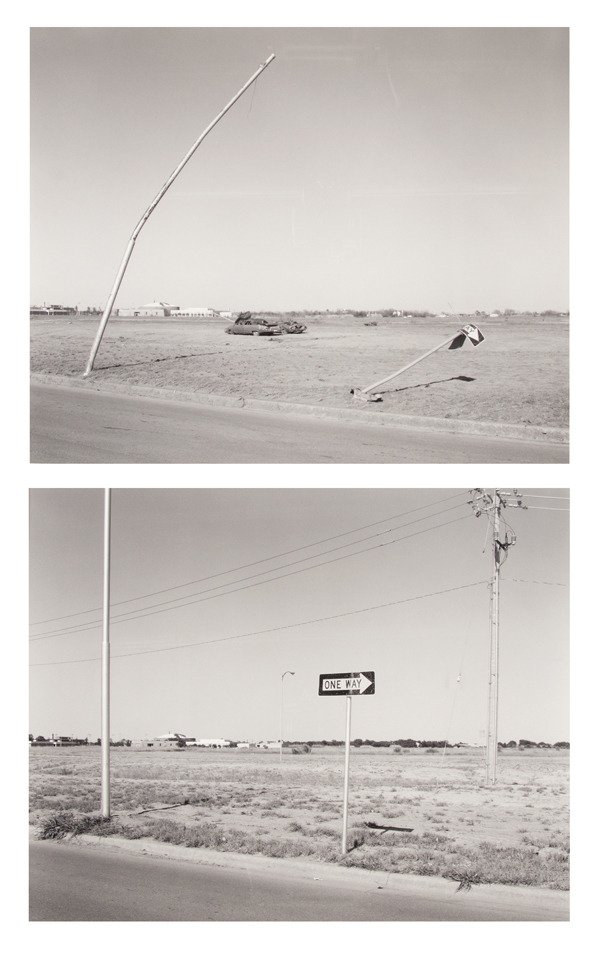
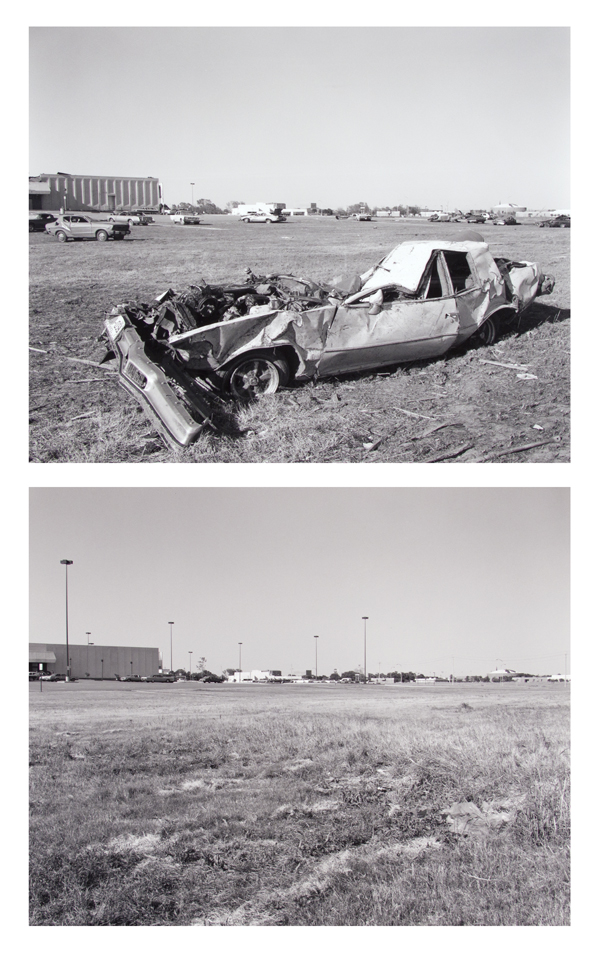
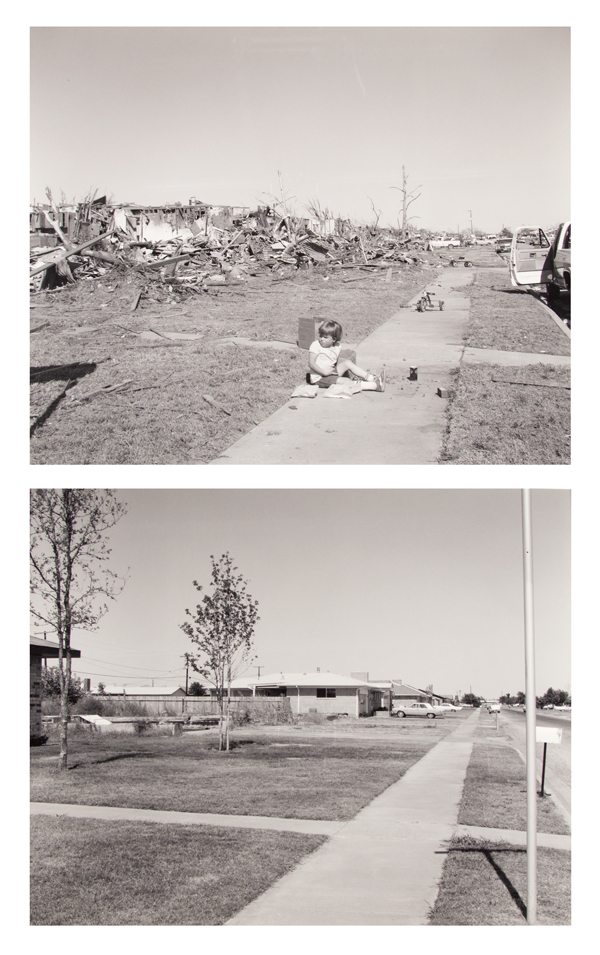
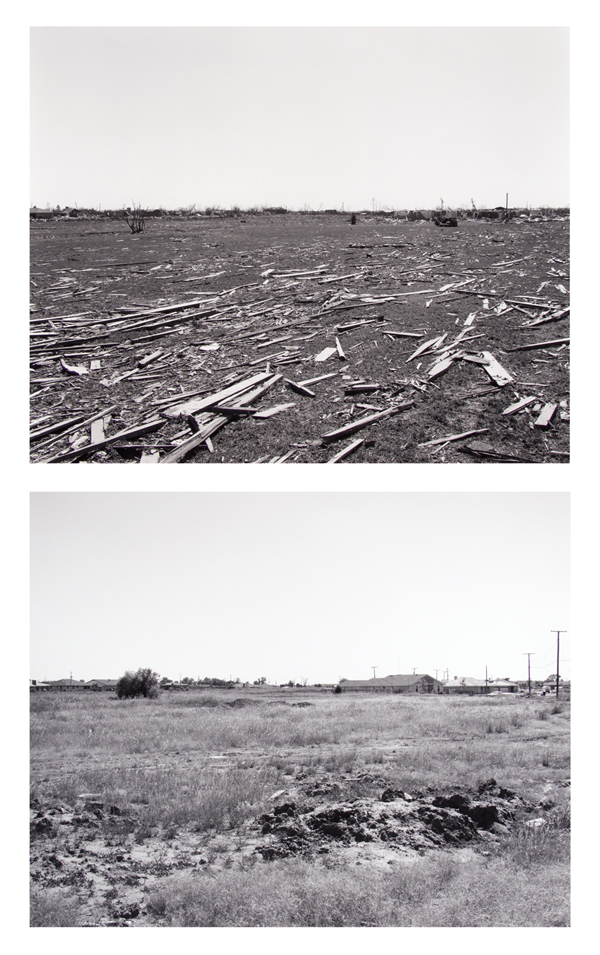
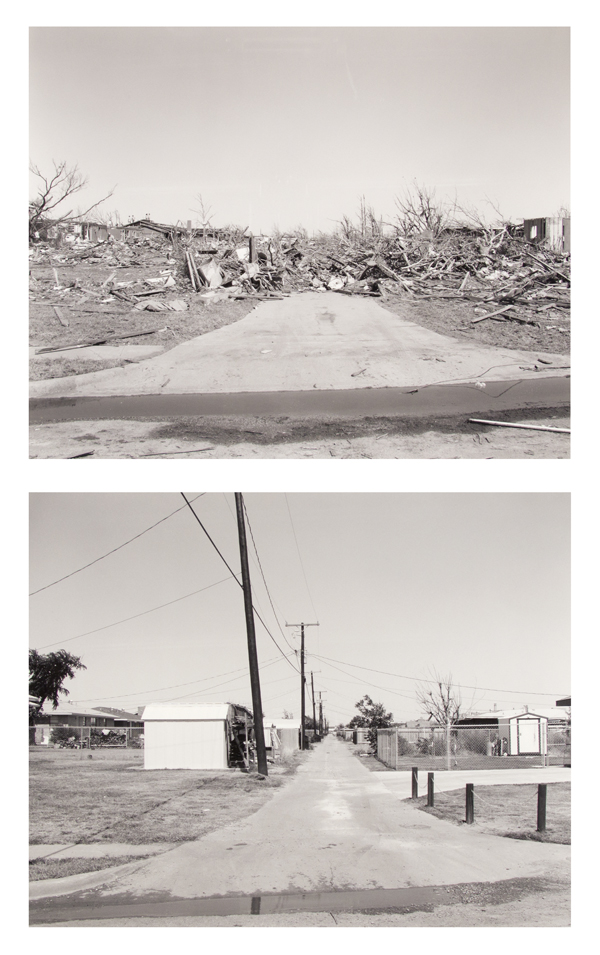
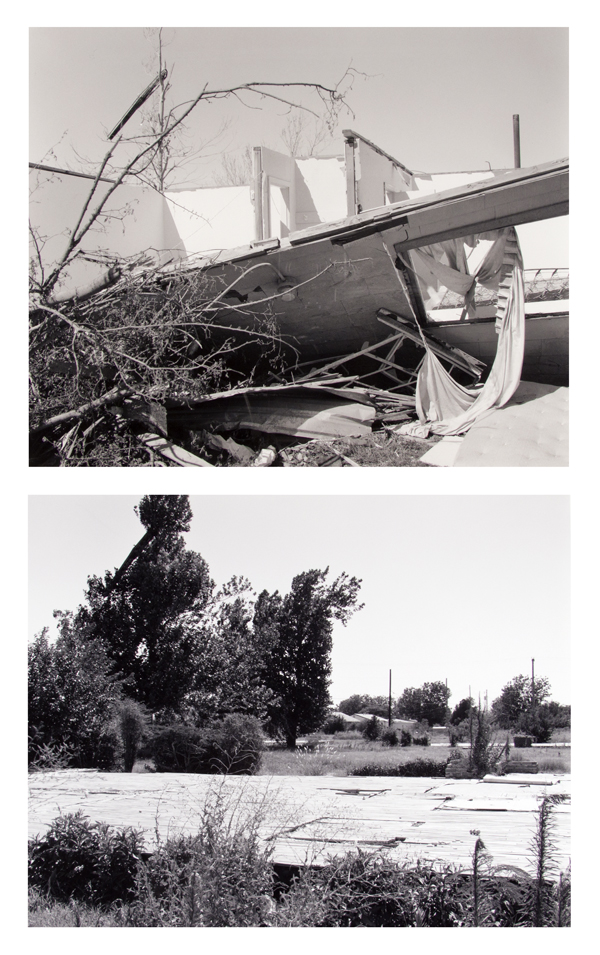
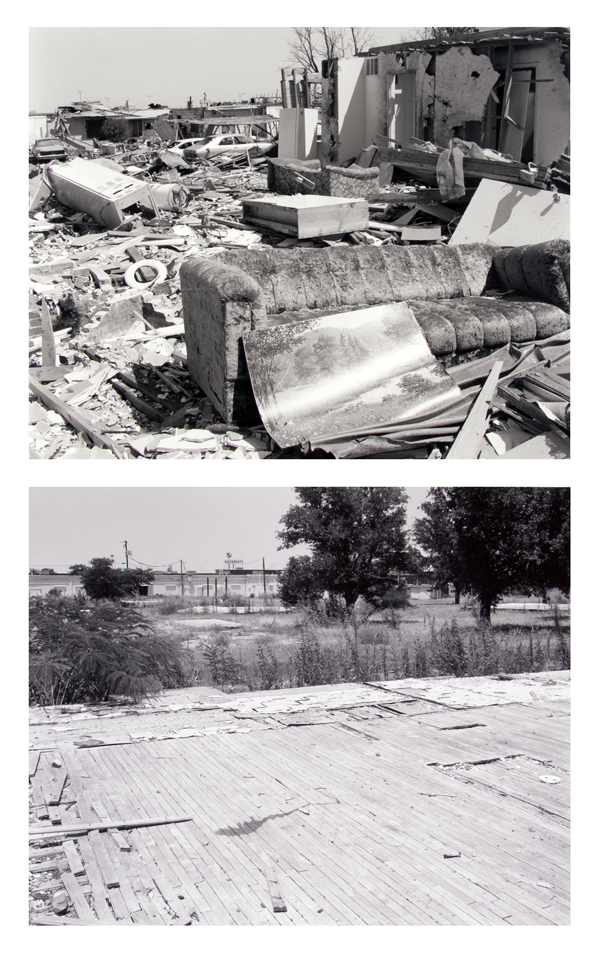
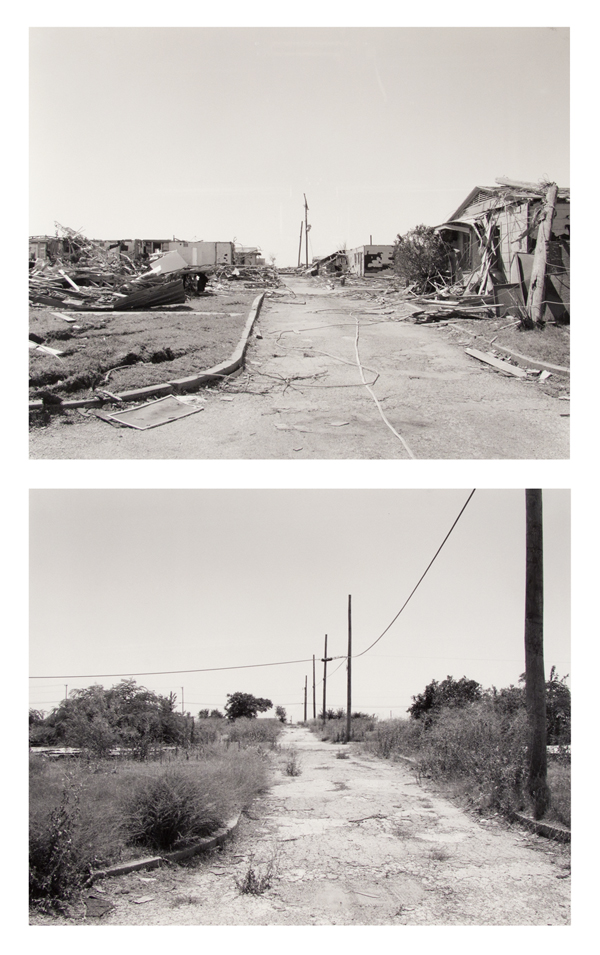
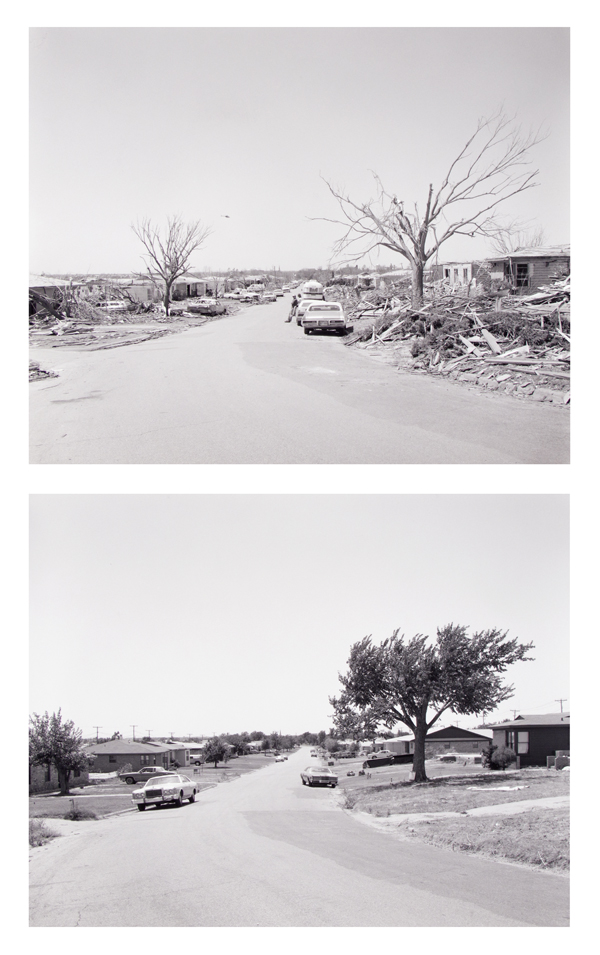
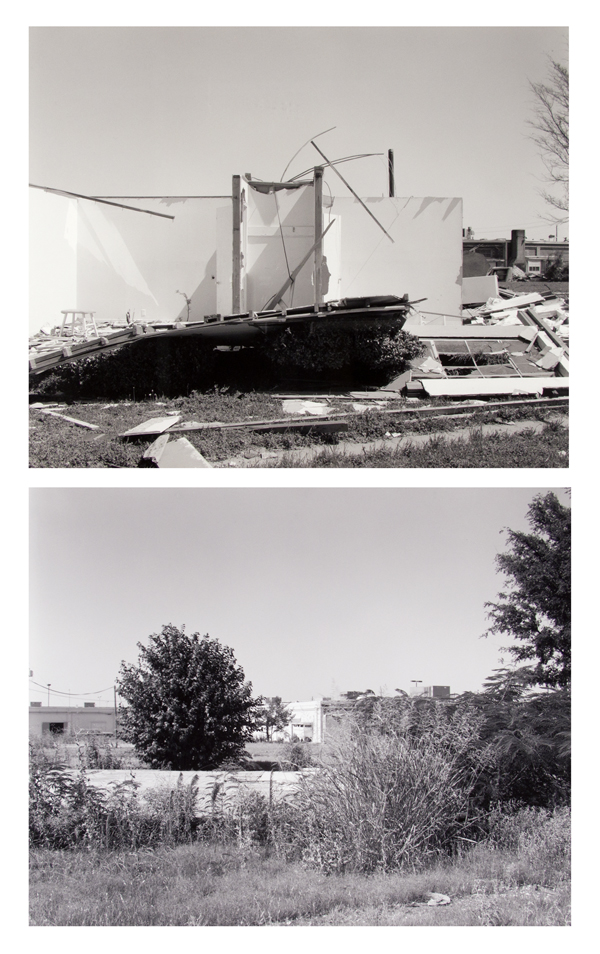
About the Artist:
Frank Gohlke is a leading figure in American landscape photography. He has been awarded two Guggenheim Fellowships and two fellowships from the National Endowment for the Arts. Known for his large format landscape photographs, Gohlke’s work has been shown at museums all over the world and included in collections such as the Museum of Modern Art, the International Museum of Photography at the George Eastman House, the Australian National Gallery and the National Gallery of Canada.
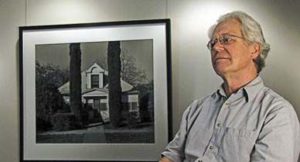
Although he was born in Texas, Gohlke’s geographical range includes central France, the American South and Midwest, New England and Mount St. Helens after a volcanic eruption.
Gohlke received his B.A. from the University of Texas at Austin in English Literature. At Yale University, where he received his MA in English in 1966, Gohlke met Walker Evans and then studied privately with Paul Caponigro. Gohlke’s photographs came to notice in the influential 1975 group exhibition New Topographics: Images of a Man-Altered Landscape at the George Eastman House International Museum of Photography and Film in Rochester, New York.
He has taught at Massachusetts College of Art; the Art Institute of Boston at Lesley College; the School of the Museum of Fine Arts, Boston; and the universities of Harvard, Princeton and Yale. Gohlke is currently the first Laureate Professor at the School of Art (University of Arizona) and The Center of Creative Photography.
Frank Gohlke is represented in many private and public collections, including the permanent collections of the Museum of Modern Art and Metropolitan Museum in New York, the Art Institute of Chicago, the Victoria and Albert Museum in London and the Bibliotheque Nationale in Paris.
